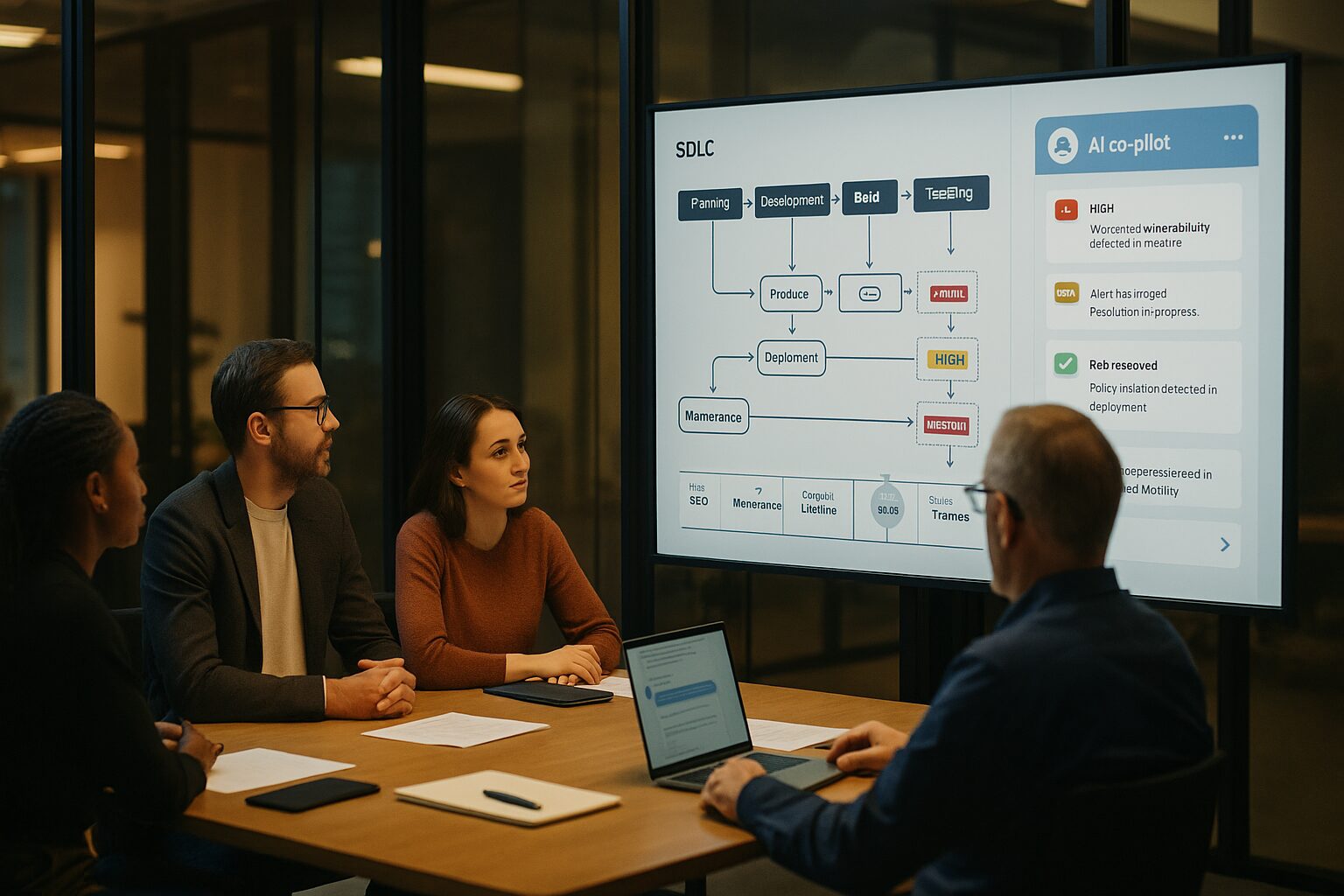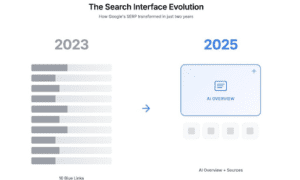Security teams are under strain. The volume of vulnerabilities flagged by modern scanning tools is rising, but the methods for managing those alerts, such as JIRA tickets, spreadsheets, and weekly meetings, have not evolved at the same pace. A 2025 Ponemon Institute survey found that 64 percent of AppSec managers say their teams cannot address all critical vulnerabilities within acceptable timeframes due to process bottlenecks.
The traditional model, where findings are funneled into a ticketing system and assigned manually, no longer scales. As teams face increasing supply chain complexity and limited headcount, many are looking to artificial intelligence for support. AI co-pilots within SDLC platforms are now being tested not only as assistants but as frontline triage engines.
AI Redefines Risk Prioritization
Several platforms are integrating AI to shift from static reporting to dynamic risk prioritization. These systems ingest signals from code scans, SBOMs, and CI/CD telemetry, surfacing issues based on real-world exploitability and business context rather than just CVSS scores.
GitHub, for instance, now couples its Copilot with security-focused insights from CodeQL, enabling developers to receive risk context while coding. Microsoft’s Security Copilot, still in limited release, offers DevSecOps leaders a conversational AI that interprets alerts and suggests responses.
Other tools like Snyk and Checkmarx are using AI to reduce triage overload by clustering findings and assigning impact scores based on application exposure. These tools do not remove humans from the loop but help them focus on issues with the highest likelihood of causing operational disruption or compliance failure.
Sifting through vulnerability backlogs manually is no longer viable. AI can sort and elevate the issues that matter most, which helps teams act faster without overwhelming developers with false positives.
Slack-Based Assistant Bridges SDLC and Compliance
A small handful of SDLC vendors have recently introduced an AI co-pilot designed specifically for teams managing software supply chain risk. The assistant operates within Slack and is trained on the organization’s SDLC metadata, including signed artifacts, policy violations, and attestation records.
Unlike tools focused solely on code vulnerabilities, these co-pilots identify gaps in software provenance, unsigned builds, and inconsistent artifact histories. They then deliver context-aware questions and recommendations to DevSecOps teams in natural language.
Rubi Arbel, founder of Scribe Security, a software supply chain security vendor states that: “We built our co-pilot to act more like a risk advisor than a dashboard replacement.. It doesn’t just surface alerts. It tells you whether that unsigned build artifact actually made it to production and which compliance policy it violates.”
This integration helps security teams avoid flooding JIRA with non-actionable items. Instead, they receive prioritized prompts that connect technical risk with compliance obligations, particularly under regulations like EO 14028 and the EU Cyber Resilience Act.
Skepticism, Scale, and Maturity Gaps
Despite the promise, AI co-pilots are not without challenges. CISOs remain cautious about relying too heavily on automated prioritization, especially in high-risk environments. Many still prefer human validation before suppressing or escalating findings.
Another issue is maturity. Some platforms advertise AI triage features that rely on basic rules engines rather than adaptive models. Without clear audit trails or explainability, these tools may struggle to gain trust from risk and compliance officers.
“It’s not enough to be right,” said Arbel. “Security teams need confidence in how the AI came to its conclusion. That’s why our assistant links every recommendation to signed evidence within the SDLC.”
AI Co-Pilots Gain Ground in Security Operations
AI co-pilots will not replace manual triage entirely, but for many teams, they are already filling critical gaps. Organizations with lean staffing and expanding digital footprints are using these tools to triage more efficiently, reduce noise, and align remediation with risk.
As platforms improve their contextual intelligence and transparency, adoption is likely to grow among AppSec managers and DevSecOps leaders who need faster, more reliable ways to manage software supply chain risk. The shift away from overloaded ticket queues and toward evidence-driven AI guidance is underway. The tools that deliver both speed and traceability may ultimately define the next generation of secure software development.
Photo Courtesy of: Scribe Security































